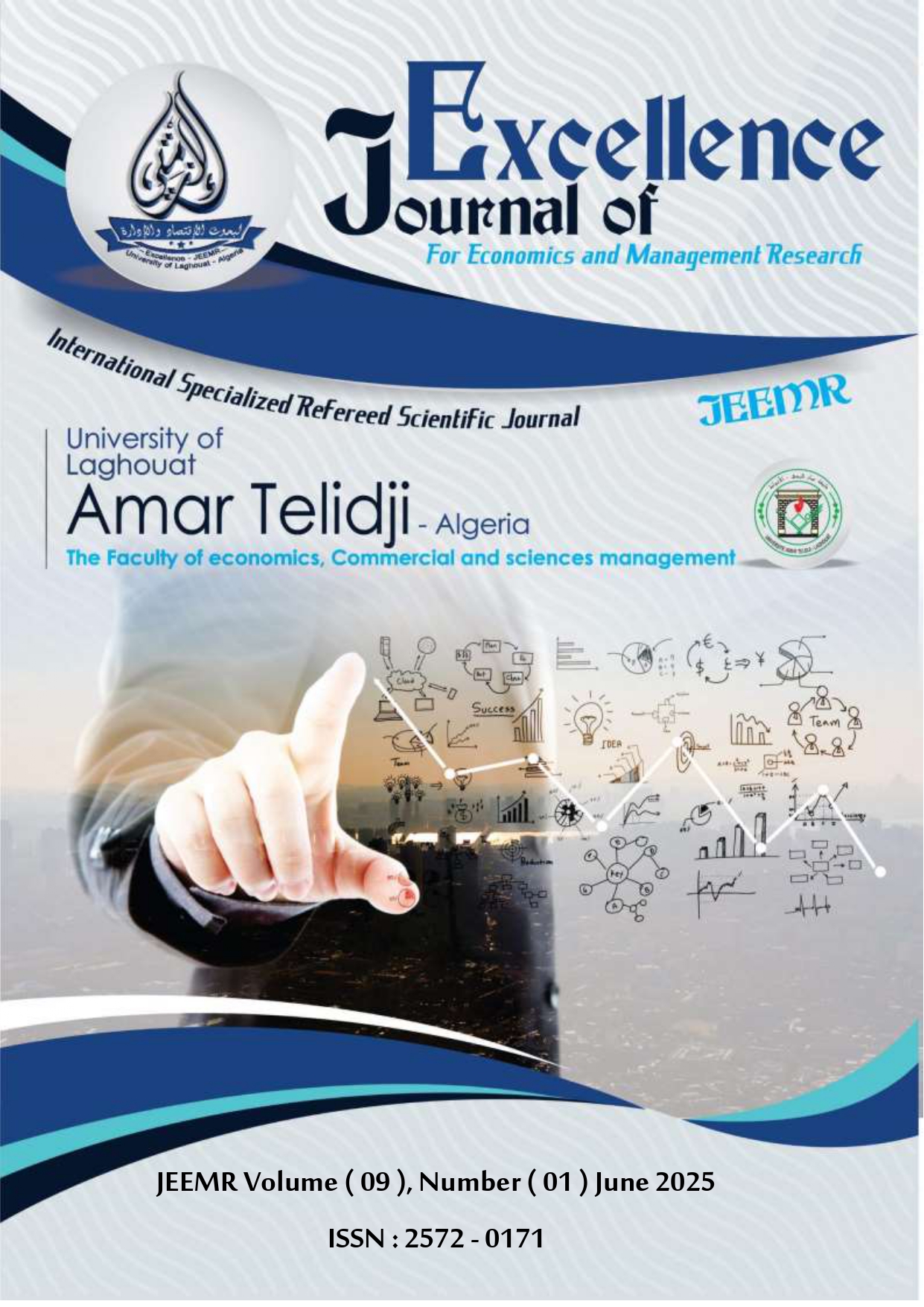Impact of sanitary and phytosanitary measures on GCC meat imports
Abstract
This study aims to evaluate the impact of sanitary and phytosanitary (SPS) measures on meat trade, by applying it to the Gulf Cooperation Council (GCC) countries during the period 2003-2022, adopting the descriptive-analytical approach and using the gravity model of trade to answer the research question.
The results of the current study show that SPS measures had a positive and statistically significant impact on meat imports, indicating that the health requirements of GCC countries are catalysts for exporting countries to increase their meat exports. Therefore, SPS measures have a positive impact on trade between countries if exporting countries can align their products with the health requirements of importing countries, which provides reassurance to consumers about the safety of products and increases their demand for them
References
Fassarella, L. M., Pinto de Souza, M. J., & Burnquist, H. L. (2011). Impact of Sanitary and Technical Measures on Brazilian Exports of Poultry Meat. 2011 Annual Meeting. Pittsburgh, Pennsylvania: Agricultural and Applied Economics Association (AAEA) Conferences. https://doi.org/10.22004/ag.econ.103453.
Ridley, W. C., Luckstead, J., & Devadoss, S. (2024). Impacts of tariffs and NTMs on beef, pork and poultry trade. Journal of Agricultural Economics, 75(2), 546-572. https://doi.org/10.1111/1477-9552.12574.
Schlueter, S. W., Wieck, C., & Heckelei, T. (2009). Regulatory Policies in Meat Trade: Is There Evidence for Least Trade-Distorting Sanitary Regulations? American. American Journal of Agricultural Economics, 91(5), 1484–1490. https://doi.org/10.1111/j.1467-8276.2009.01369.x.
Shang, X., & Tonsor, G. (2019). Sanitary and phytosanitary regulations and international red meat trade. British Food Journal, 121(10), 2309-2321. https://doi.org/10.1108/BFJ-10-2018-0663.
Shepherd, B. (2016). The Gravity Model of International Trade: A User Guide (An updated version). (UNESCAP, Ed.) Retrieved Janvier 10, 2025, from https://www.unescap.org/resources/gravity-model-international-trade-user-guide-updated-version
WTO. (1996). Agreement on the application of sanitary and phytosanitary measures. Retrieved December 25, 2024, from https://www.wto.org/english/docs_e/legal_e/15-sps.pdf
المنظمة العربية للتنمية الزراعية. (ديسمبر, 2006). دليل نظم و تشريعات الرقابة على سلامة الأغذية و حماية المستهلك في الوطن العربي. تاريخ الاسترداد 27 Mai, 2025، من https://aoadkhub.org/AOADDL/Browse_Result.asp?str=%CF&cat_id=Q&Sort_By=
ايناس محمد عباس، و على، عبدالرحمن على. (2006). أثر تدابير الصحة والصحة النباتية (SPS) على التجارة الدولية الزراعية. المؤتمر الرابع عشر للاقتصاديين الزراعيين حول التجارة الزراعية المصرية-الإمكانات والمحددات. الدقي، القاهرة: معهد بحوث الاقتصاد الزراعى.
باسم حمد، الطراونه. (2021). المواصفات القياسية الخليجية في مجال الأغذية. تاريخ الاسترداد 2024 ديسمبر, 25، من https://gsomagazine.com/gulf-standards-in-the-field-of-food
عمر، سعد الله. (2009). قانون التجارة الدولية: النظرية المعاصرة. الجزائر: دار هومه.
مجلس التعاون لدول الخليج العربية. (2003). قانون (نظام) الحجر الزراعي لدول مجلس التعاون لدول الخليج العربية. تاريخ الاسترداد 25 ديسمبر, 2024، من https://gcc-sg.org/ar/MediaCenter/DigitalLibrary/Documents/511260250319.pdf
مجلس التعاون لدول الخليج العربية. (2015). الدليل الخليجي للرقابة على الأغذية المستوردة. تاريخ الاسترداد 25 ديسمبر, 2024، من https://gcc-sg.org/ar/MediaCenter/DigitalLibrary/Documents/1429073550.pdf
مجلس التعاون لدول الخليج العربية. (2017). اتفاقيات منظمة التجارة العالمية و انعكاساتها على دول مجلس التعاون. تاريخ الاسترداد 25 ديسمبر, 2024، من https://gcc-sg.org/ar/MediaCenter/DigitalLibrary/Documents/wto.tret.2017.pdf








